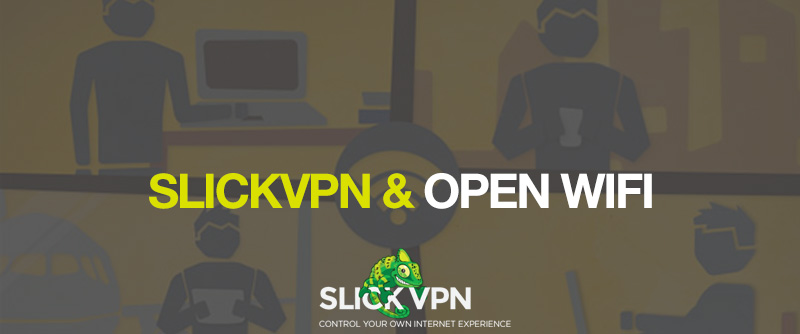
Slick VPN and OpenWifi
VPN experts: If you believe your VPN service automatically protects you on an open Wi-Fi network, you should know that in between the time that your computer’s Wi-Fi hardware connects to the network you may be exposed. This is especially true if you have to accept a Terms of Service agreement first.
If you just want the juicy on how to avoid this, drop down to the VPN and Open Wi-Fi Steps below.
Other interested parties: Some background follows… Virtually anyone who knows how to boot up a laptop knows that the world of open Wi-Fi is fraught with danger. That connection at your local Cafecito, bookstore, or hotel room is free, alright, but if you’re not careful, you’ll get more than you paid for—a lot more. The free networks don’t encrypt traffic, so any person with a little IT polish can hijack your session and your data, causing you headaches, anguish, and possible financial loss.
A VPN can indeed help. Many users perhaps first encountered VPN (Virtual Private Network) service in the corporate world, but now protect their own computers the same way. Consumer-friendly services with advanced encryption and authentication like SlickVPN now allow individual users the same kind of protection that big business has enjoyed for years.
The benefits are enormous: consider that once the VPN software is tailored to your specs, your communications are secure and your identity online is private. Your internet service provider can no longer monitor or affect what you do online. This is because the encrypted tunnel produced by your VPN service means no one else can see your internet traffic—not addresses or URLs of the sites you visit, nor any unique identifiers for you. Good to have at home, and especially good to have when hooked up to someone else’s network. Yes, VPN is capable of protecting you, even if the access point with which you’re connected—for free—is malicious.
BUT… back to that small period of time in between logging onto the network and the VPN kicking in. At a local Starbucks, for instance, you can count on thousands of packets of information going back and forth as you log into their network before your VPN takes over. In this brief period of time– not saying it’s going to happen, but that it certainly could– expose vulnerable information. Logon credentials, for instance, or details about your system configuration that could open it to a hacker.
There is one way to avoid this, and it will involve using only ONE browser for open Wi-Fi and ONLY for open Wi-Fi, and blocking all other connections on your public networks or zones. It would work like this on Windows:
- Connect to your VPN service normally.
- Open Control Panel, then Network and Sharing Center
- Set the VPN connection as a Public Network
- Set Home or Public Wi-Fi network as Home
- Select Windows Firewall, Advanced Settings
- Create a rule that allows both VPN software and the ONE browser you want to use for the open Wi-Fi to be allowed on Public Networks.
- Set this rule for both inbound and outbound connections
If you have a Mac, you can look at Little Snitch to achieve the same results.
Visit http://slickvpn.com for complete protection and to control your own internet experience
